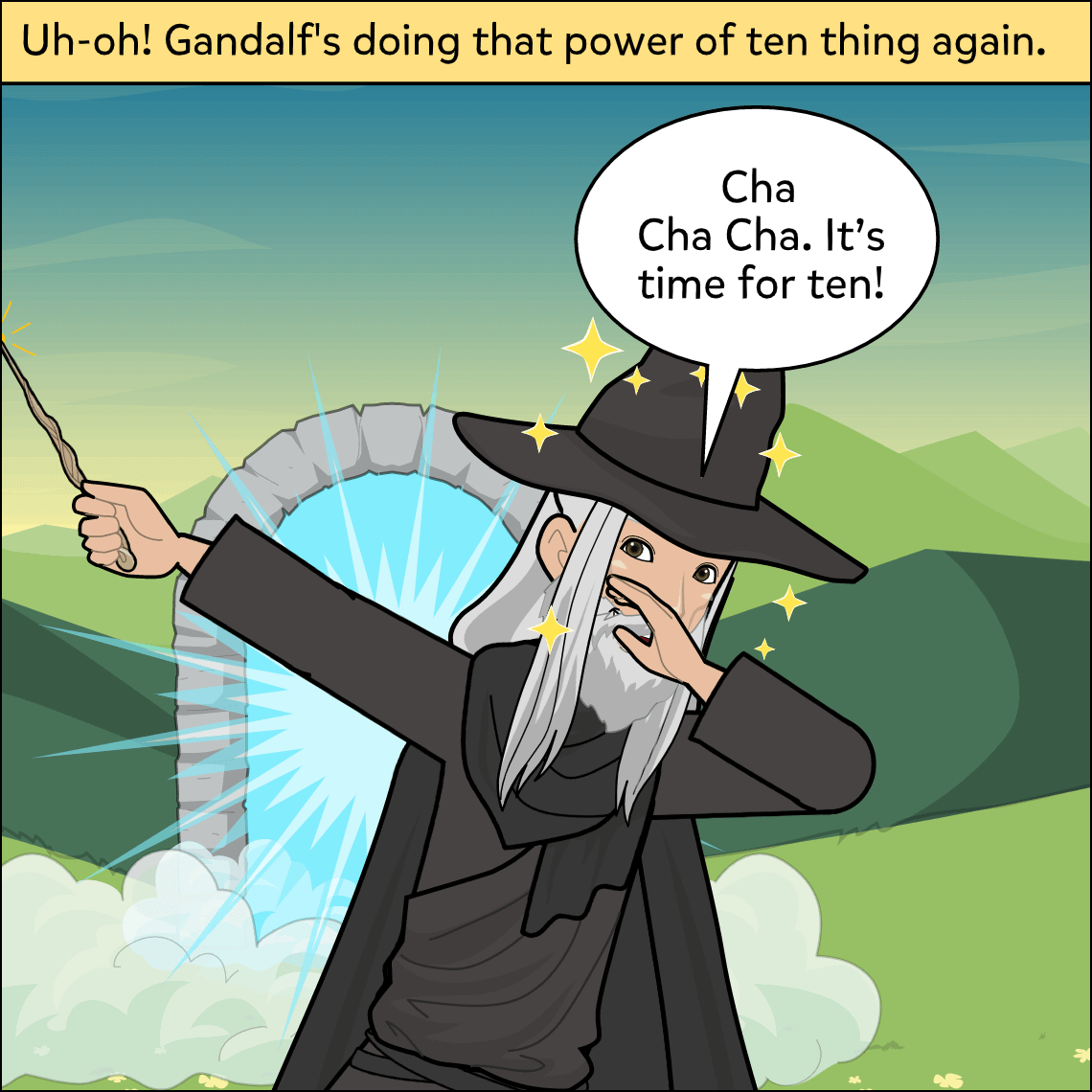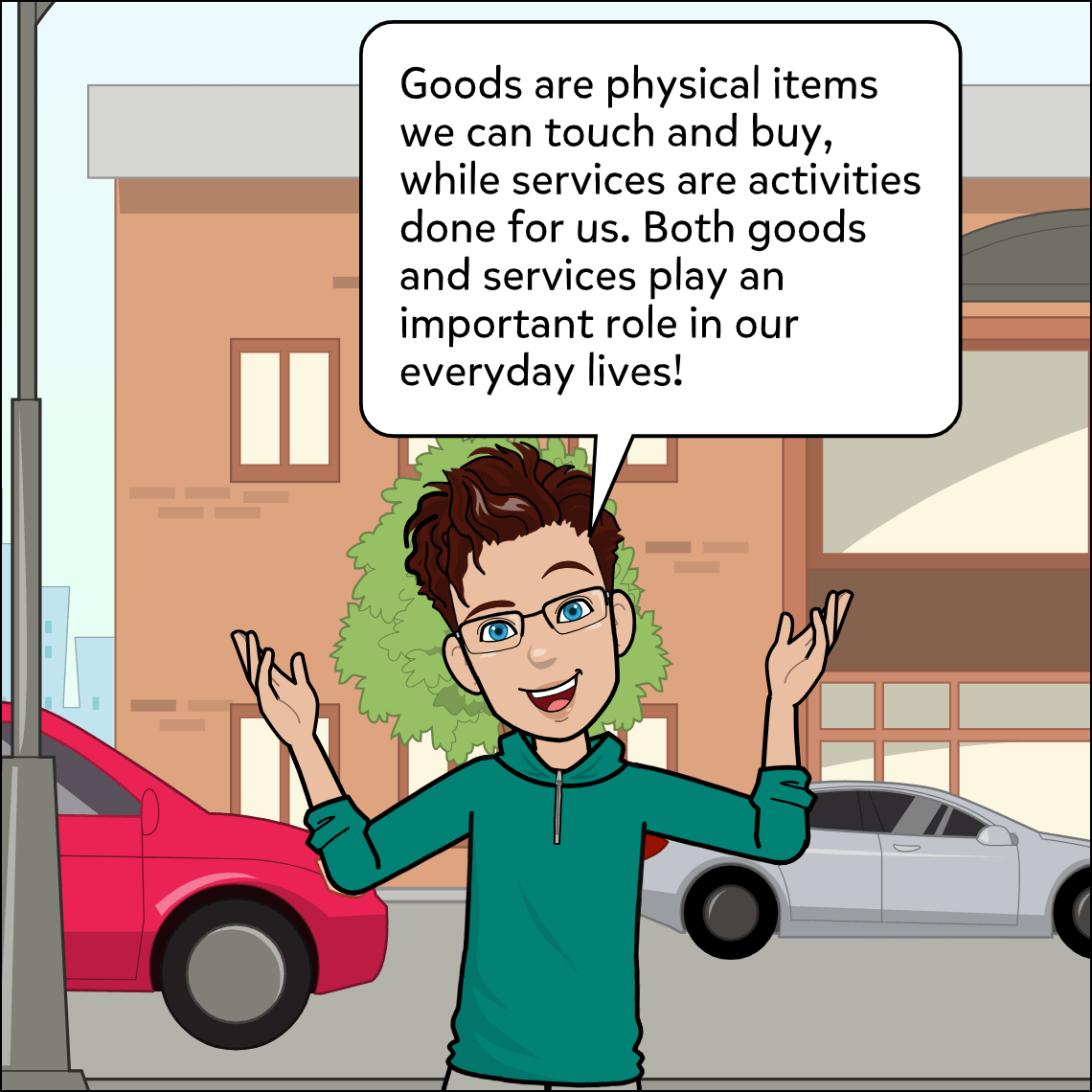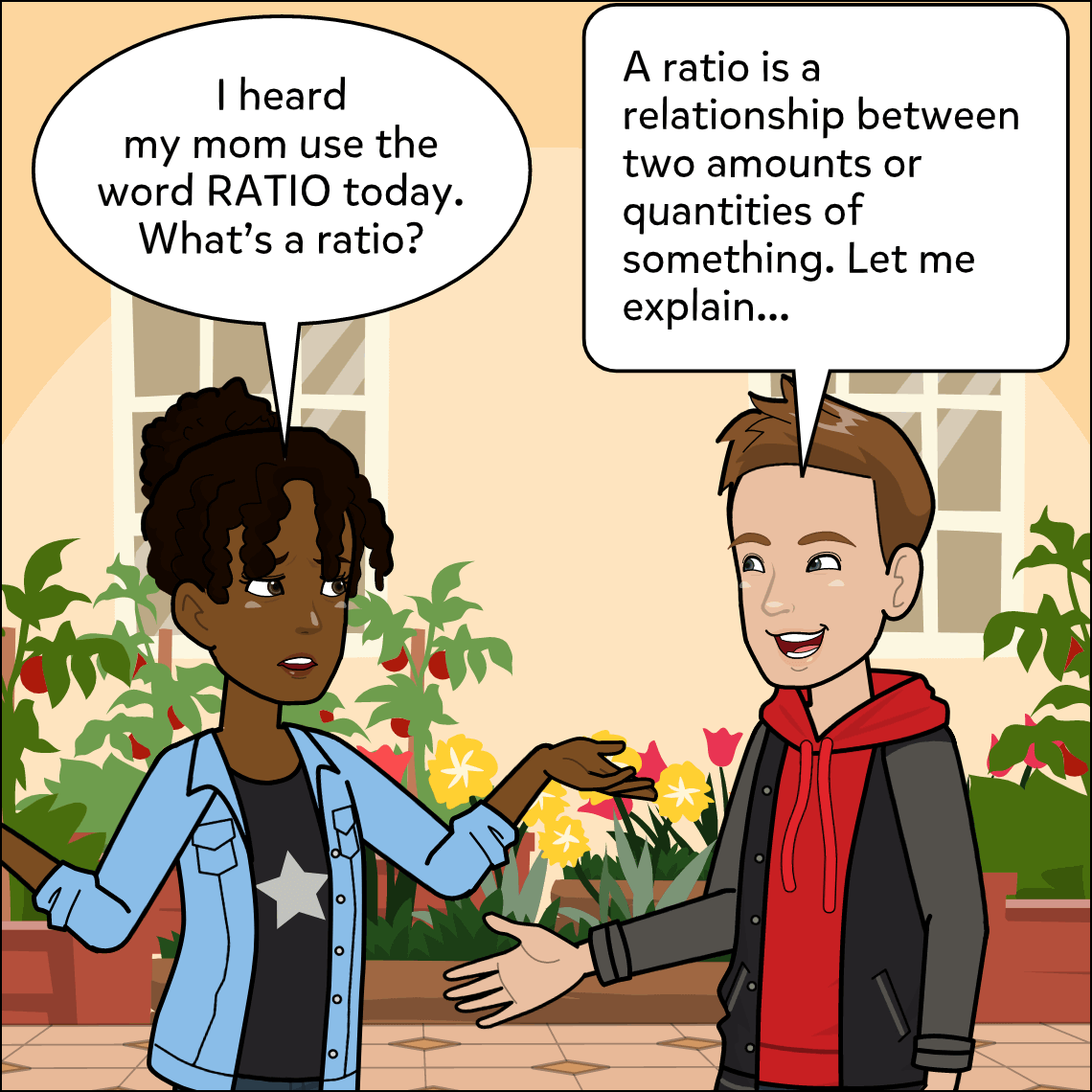Subject: World Languages
Lesson Length: 45 mins - 1 hour
Topic: Culture, Communication, Comparisons, Expression, Perspectives
Grade Level: 10, 11, 12, 6, 7, 8, 9
Standards / Framework:
Brief Description: Students will focus on understanding one product (books, art, food, clothing, music, etc.) of a culture related to the language being studied and the perspectives (attitudes, meanings, values, etc.) that are revealed through the use of the product chosen.
Know Before You Start:
- Students should be able to identify aspects of culture, including traditions and art.
- Students should know basic facts about different cultures, including cultures where the target language is spoken.
- Students should be able to identify traits of an element of culture, such as literature, art, music, clothing, or food.
Hook:
- Ask students:
- “How do literature, art, and music help express perspectives in a culture?”
- “What can we learn about a culture from traditional food or clothing?”
- “How can we understand more about a culture by learning about traditions and artistic expression?”
Activity:
- As a class, have students discuss what they’ve learned about music and the arts and what they know about traditional dress and food in cultures that speak the target language.
- Have students choose one element of culture to evaluate, e.g., food, music, clothing, etc.
- Using the sample comic as a guide, have students create a comic that uses that cultural product to identify a trait or perspective.
Closure:
- Have students share their comics with the class or in small groups.
- Have students explain why they chose the cultural elements featured in their comic.
- Discuss why it’s important to be able to compare tradition and arts from different cultures.
- Emphasize that part of learning about cultural elements helps create respect and appreciation for people from different backgrounds.
Differentiation:
- Allow students to use the speech-to-text feature.
- Allow students to work in pairs or groups as needed.
- Allow students to use the voiceover feature to read their comics aloud.
- Students may need assistance choosing a cultural element or identifying what they can learn about a culture from that work of art, literature, or tradition.
- Allow students to use digital dictionaries/translators as appropriate for your class policy.
Resources:
- Comic to print or display: Comic.
- T-Chart
- Main Idea Web
 Native American Heritage
Native American Heritage
 Filipino-American Heritage
Filipino-American Heritage
 Hispanic Heritage
Hispanic Heritage
 Asian Pacific American Heritage
Asian Pacific American Heritage
 Italian-American Heritage
Italian-American Heritage
 Australia
Australia


